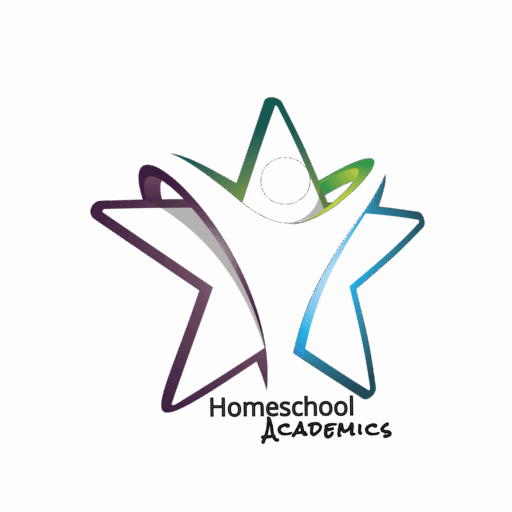In the grand, wordy temple of education, English Language Arts (ELA) stands tall—built not on marble, but on four strong, slightly caffeinated pillars: Reading, Writing, Speaking, and Listening. Together, they support everything from awkward book reports to award-winning speeches, and they’re the real MVPs behind those well-penned texts, articulate conversations, and the ability to survive group projects without shouting.
Let’s peek behind the curtain of this literary quadrangle and see what makes these four so essential—and a little bit magical.
Pillar 1: Reading (a.k.a. Bookworm Central)
Reading isn’t just about finishing a novel so you can watch the movie and judge it harshly later (though that’s a perk). It’s about understanding what’s between the lines—and what’s beyond them. From decoding tricky metaphors to figuring out what that poet was actually trying to say (we see you, Shakespeare), this pillar sharpens comprehension, boosts vocabulary, and sneaks in a little empathy, too.
Fiction, nonfiction, graphic novels, cereal boxes—every sentence helps build a better reader. And once a student discovers they like reading? There’s no turning back. Libraries beware.
Pillar 2: Writing (where spelling counts and commas matter)
Writing is how thoughts become things—whether it’s a persuasive essay, a diary entry, or a post-it note reminding someone to buy milk. This pillar includes the art of organizing ideas, choosing the right words (big words optional), and polishing sentences until they sparkle… or at least make sense.
From brainstorming to final drafts, students learn structure, grammar, voice, and tone. And yes, they also learn that “a lot” is not a word. It’s a hard truth, but we all have to face it sometime.
Pillar 3: Speaking (hello, stage fright’s worst enemy)
Speaking isn’t just for extroverts and future TED Talkers. It’s a skill that helps students explain, persuade, and occasionally win an argument at the dinner table. This pillar teaches them how to express themselves out loud— confidently, and with the right amount of eye contact (not the spooky kind).
Whether it’s presenting a project, reading aloud, or having a group discussion without interrupting, speaking builds the bridge between inner thoughts and outer impact.
Pillar 4: Listening (the unsung hero)
Ah, listening. The quietest of the four pillars, but don’t underestimate it. Listening is more than “waiting your turn to talk.” It’s about tuning in, understanding tone, catching details, and responding thoughtfully—even when the speaker is boring (hey, it happens).
In the classroom and life, being a good listener makes you a better learner, teammate, friend, and future meeting attendee who remembers what was said.
Holding It All Together
These four pillars don’t stand alone—they work together, like a quirky group project that actually succeeds. A student reads a news article, writes a response, presents their opinion, and listens to feedback. That’s ELA in action.
And when these skills are nurtured well? Students don’t just pass tests—they tell their stories, understand others, and navigate a world that runs on words. Because while math may teach you how to calculate the tip, ELA teaches you how to ask the waiter what’s gluten-free without panicking.


